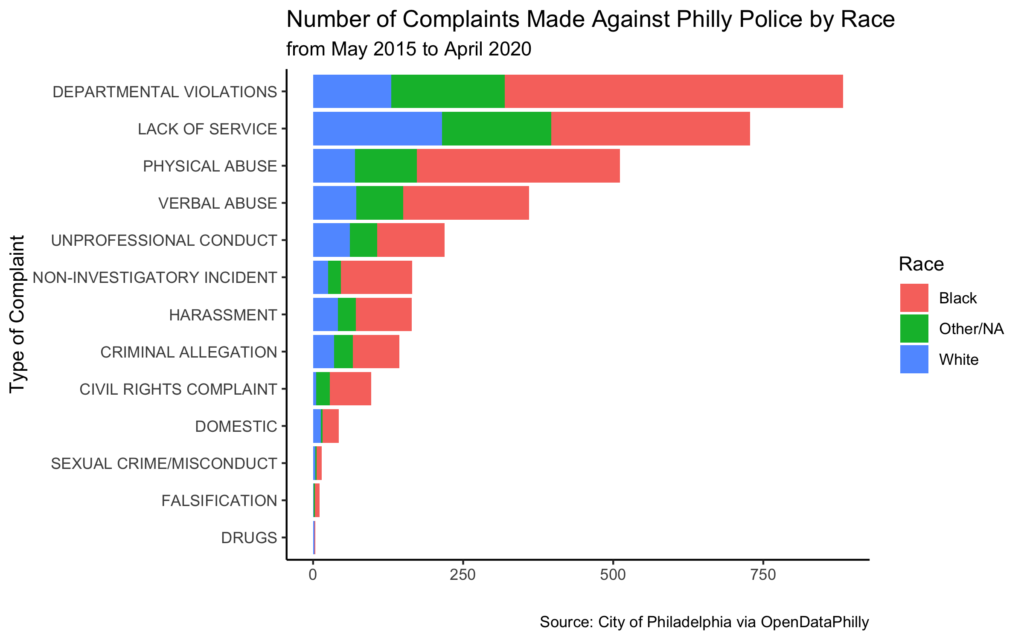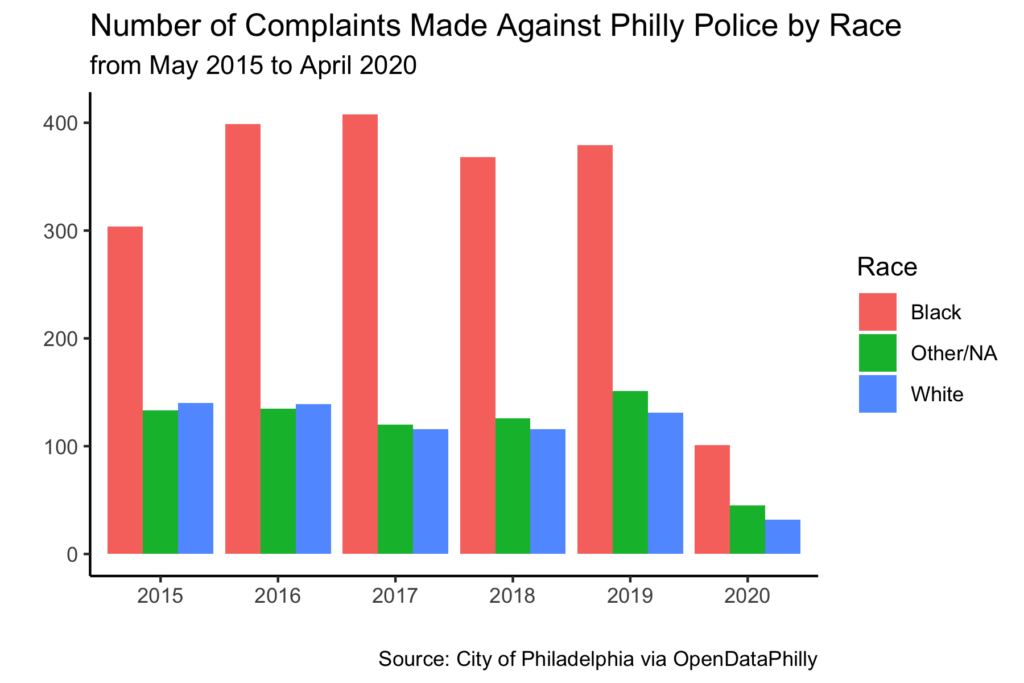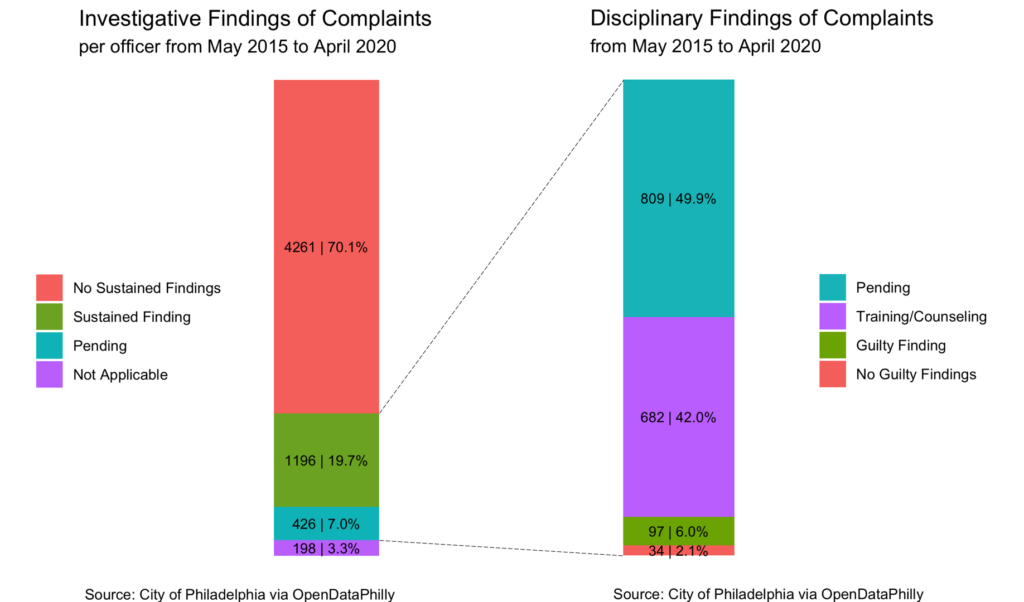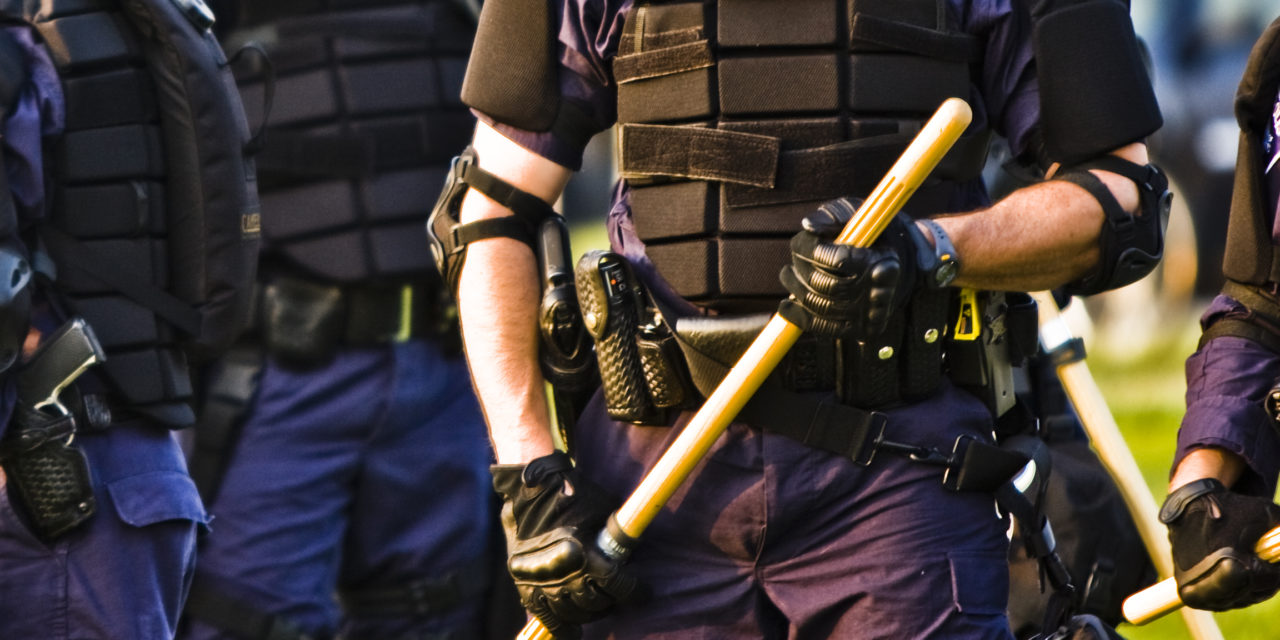Years after police departments across the United States came under public scrutiny following the killing of Eric Garner, they are once again at the center of controversy for the murder of George Floyd. Since the deaths of both Black men occurred in police custody, they each sparked national uproars over police brutality. Alarmingly, there is strong evidence that Black Americans are disproportionately shot and killed by police officers at a higher rate than White Americans.
The national spotlight on police brutality has led to the creation of many potential solutions. One prominent campaign led by civil rights activists and researchers is Campaign Zero. They created a list of ten solutions that they claim are “inform[ed] by data, research and human rights principles,” aimed at ending police violence in America. Their solutions include limiting the use of force and conducting independent investigations and prosecutions for incidents related to police misconduct. Data plays an important role in determining better policing policies, but it is also critical for enforcing these policies in practice.
Police data is critical in the early identification of repeated police misconduct and early prevention of police brutality. Specifically, Complaints Against Police data can directly identify officers that have repeatedly been reported for misconduct and serve harsher penalties for them. The city of Philadelphia’s Office of Innovation & Technology releases the Philadelphia Police Department’s CAP data publicly through OpenDataPhilly. The CAP dataset is a part of a greater initiative to increase transparency with the people of Philadelphia and maintain police accountability.

Taking an initial look at the Philadelphia CAP data, it is clear that Black people file more complaints against Philadelphia police officers than White Americans and Other Americans in every category except “drugs,” where there are only two complaints from Black Americans and two complaints from White Americans. The “Other/NA” group encompasses non-Black people of color and reports with missing data on race. I group these responses because they have relatively few complaints compared to Black and White Americans and they are not the main focus of this article.

Next, I wanted to see the total number of complaints filed per year split by race. Initially, I hoped that institutional reform aimed at preventing police misconduct would show a decrease in the number of complaints per year. Disappointingly, the data shows that the yearly number of complaints against Philadelphia police officers have remained relatively the same. Black Americans have continued to file about three times more complaints against Philadelphia officers than White Americans. This suggests that not enough is being done to prevent negative interactions with the police in Philadelphia and more changes need to be made to improve interactions.

Taking a closer look at the investigative findings of the complaints, we see that 70.1% of the officers mentioned in complaints between May 2015 and April 2020 were found to have committed no wrongdoings. The total number of officers in this graph is higher than the total number of complaints because complaints can include more than one officer. On the other hand, only 19.7% of officers were found guilty of misconduct.
Out of the findings that were sustained or are currently pending, 49.9% of officers are still awaiting disciplinary action, 42% of officers received training/counseling, and only 6% were found guilty. While the exact outcome for an officer found guilty is unclear, the complaint process details that outcomes include: reprimand, suspension from duty without pay, termination from the department, and criminal prosecution.
While the CAP data provides evidence that the Philadelphia Police Department is investigating complaints, it also suggests that the investigative process may be flawed. Looking at individual officers and unique complaints by race, the data shows some officers having as many as 14 unique complaints from Black Americans over the past five years. Sorting by the most number of complaints an individual officer has by race, the top 10 officers with the most complaints are majority White and all complaints are filed by Black Americans. This evidence indicates Black Americans have more negative interactions with Philadelphia police officers even though they make up about the same percentage of the city of Philadelphia as White Americans. In addition, many of these officers with the most complaints also face relatively few disciplinary actions as shown in the number of training/counseling and guilty findings.
To make a significant change in ending police brutality and misconduct, there needs to be more effective and transparent use of data. The city of Philadelphia is leading by example through its commitment to accountability and transparency by disclosing police data. However, as the Philadelphia CAP data shows, the process of using police data effectively in ending police misconduct still needs improvement. The Philadelphia police department’s investigative process needs to place more weight on the number of previous complaints an officer has received and issue more rigorous disciplinary actions for repeated misconduct. Outside of Philadelphia, many other American cities do not make CAP data or any other police data public. All cities should be making their police data public so that people can hold them accountable for investigating complaints and enforcing effective disciplinary actions.
CAP data is only a start, but it can be a critical tool in identifying police officers that repeatedly engage in misconduct. Derek Chauvin, the officer charged in the murder of George Floyd, had 18 previous complaints filed against him. The Minneapolis Police Department publishes their CAP data, so they should have investigated those 18 complaints. But, Chauvin was still not removed from the field. A more critical investigative process that takes the number of previous reports into account might have prevented George Floyd’s death.
At the end of the day, no one should be afraid to engage with the police. But, Black Americans are significantly less confident in the police compared to White Americans and less likely to view police in a positive light. The American police system is broken. And there needs to be serious change to ensure the safety of all Americans regardless of the color of their skin.
The exact data and code used for this article can be found on GitHub.
Image Credit: “Police officer with baton” by Tony Webster is licensed under CC BY 2.0.
